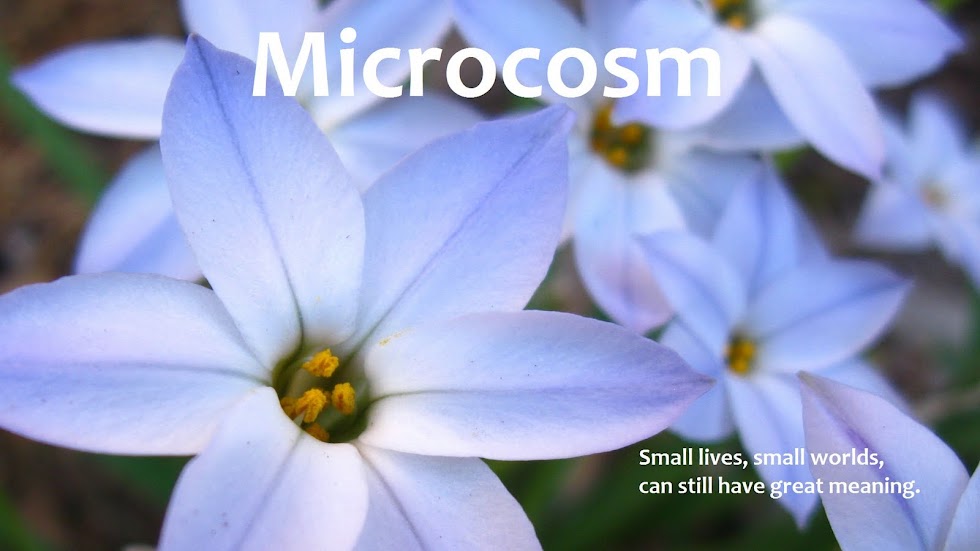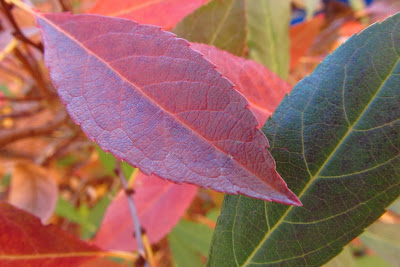When you turn on to New Mexico highway 247 in the little town of Corona, this is the sign that greets you:
U.S. Highway 285, 48 miles away. The next event on this road isn't a town. It's an intersection, and the next intersection—the very next time you see a cross-road—is 48 miles away. (Bonus: you can't get lost on NM 247.) Not even a little county road meets you until then, nothing but the posts and crossbeams marking the dirt road entrance to a ranch here and there. You might meet another vehicle somewhere along the road. Then again, you might not. You'll see small herds of black Angus lying in the blue grama grass and cholla or congregating around a stock tank; you'll probably come across some pronghorn antelope grazing. Crows, hawks, yesterday even a badger (a badger!); toward evening maybe some mule deer. But people? Likely not.
The scenic route between Albuquerque and Dexter, in the southeastern corner of the state, zigzags along various roads through some 200 miles of low mountains, high plateaus, and scrub desert. It reminds you what a large, empty place New Mexico is: 2 million people in an area larger than Poland—and half of them live in Albuquerque. In the ranching areas heading south, there's a lot of open rangeland, and not much else. When you do come to a town, the parking lot at the local watering hole is usually full. Folks drive for miles to meet in company over a green chile cheeseburger and a drink, to enjoy being social animals for a while.
My sister and brother-in-law's house is a watering hole in its own way. Their home near Dexter is the kind of place where strays drift in with the tumbleweeds and needlegrass: cats, dogs, skunks, waifs in general, and the occasional sister looking for a Thanksgiving dinner. You can be assured of a good meal and good company (human, feline, and canine), and hey—if you ever need de-worming, well, they probably have something for that, too. A holiday done right is also an oasis of sorts, a pause in your journey through the year, a chance to flock together with others of your kind and be refreshed.
I've been thinking about watering holes because of the more-or-less traditional, day-after-Thanksgiving excursion that my sister, my nephew, and I made to Bitter Lake National Wildlife Refuge along the Pecos River east of Roswell. Like the Rio Grande's Bosque del Apache, the wetlands there are the winter home to snow geese and sandhill cranes—possibly record numbers of them this year, as the continuing drought in Texas sends waterbirds elsewhere. During the day they go off to feast in cornfields, but when the sun begins to set they return to the shallow waters that keep them safe from night-time predators. Only once have I seen a sandhill crane alone, and it was standing sentry (or had maybe been put in time-out). They are highly social creatures, impressive in numbers and in their apparent singleness of thought and purpose.
When I returned home from the holiday and went out to the garden, I startled a trio of goldfinches, which had been perched forlornly on the empty birdbath making little "tsk"ing sounds. They don't ever bathe in the birdbath, but they do drink from it; I'm not sure what other water sources they have in the neighborhood. Cleaned and refilled, the birdbath now welcomes them to congregate on the rim of its garden-variety wetland once more.
And here I am, playing on the World Wide Web, that watering hole extraordinaire, where we flock together to meet in company and enjoy being social animals (of a kind) for a while.
If nothing else, driving through the desert does fixate you on water...


























